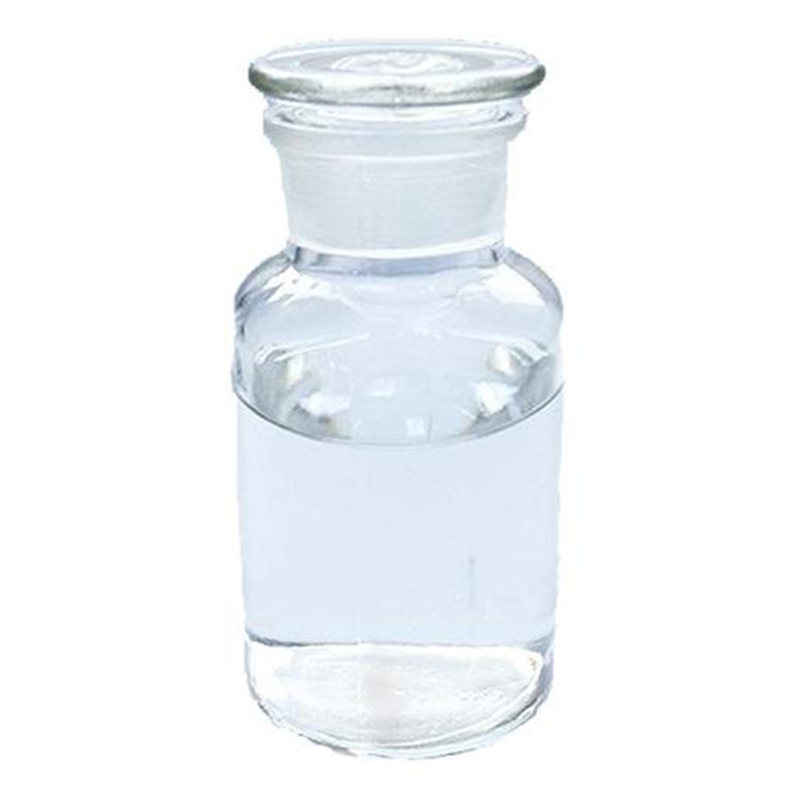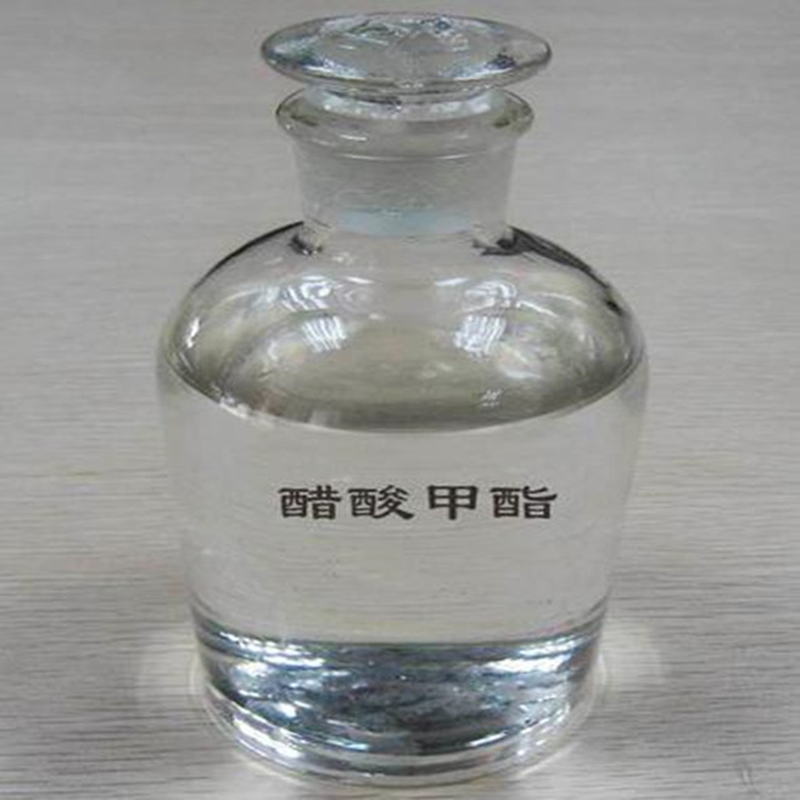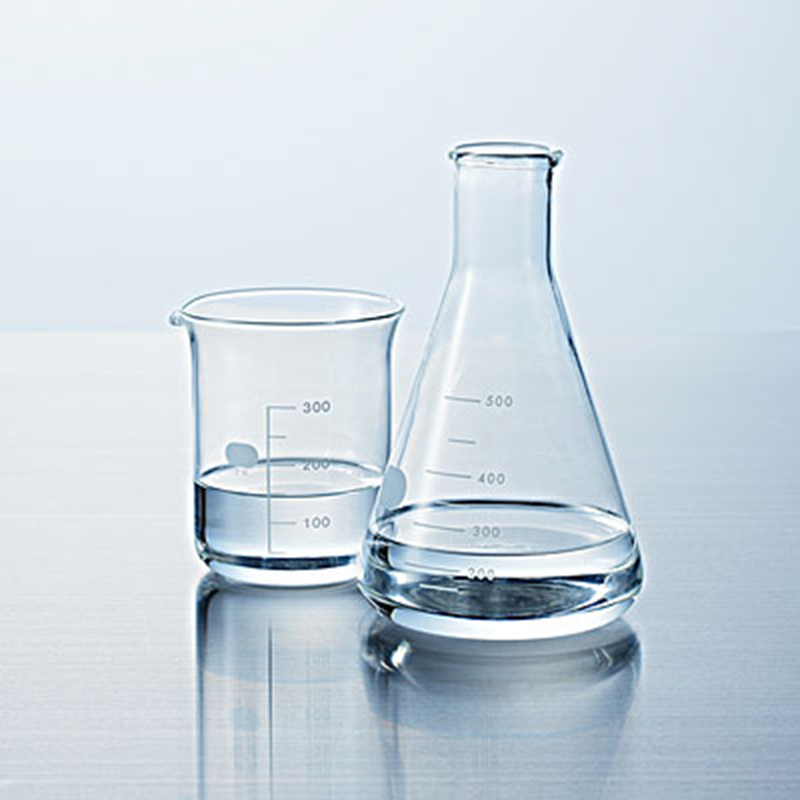
Petroleum ether
Key words:
Petroleum ether
Classification:
- Details
-
Petroleum ether is a colorless and transparent liquid with the smell of kerosene. Mainly a mixture of pentane and hexane. Insoluble in water, soluble in most organic solvents such as absolute ethanol, benzene, chloroform, and oil. Flammable and explosive, it can react strongly with oxidants. Mainly used as solvent and grease treatment. Usually obtained by fractional distillation, hydrogenation or other methods with platinum reforming raffinate or straight-run gasoline. Petroleum ether (PE) and ethyl acetate (EA) are commonly used as eluents in laboratory column chromatography. Generally, there are boiling range specifications such as 30-60 ° C, 60-90 ° C, and 90-120 ° C.
chemical properties
Its vapor and air can form an explosive mixture, which can cause combustion and explosion in case of open flame and high heat energy. The combustion flame in the air is bright and has strong black smoke, and does not produce any smoke when completely burned. Can react strongly with oxidants. After high-speed impact, flow, and agitation, it can cause combustion and explosion due to electrostatic spark discharge. Its vapor is heavier than air and can spread to a considerable distance at a lower place. In case of fire, the source will catch fire and return.
Function and use
Mainly used as solvent and as oil extraction. Used as organic solvent and chromatographic analysis solvent; used as organic high-efficiency solvent, pharmaceutical extractant, fine chemical synthesis aid, etc.; can also be used in organic synthesis and chemical raw materials.
It is used in organic synthesis and chemical raw materials, such as the preparation of synthetic rubber, plastics, nylon monomers, synthetic detergents, pesticides, etc. It is also a good organic solvent. Mainly used as a solvent, but also as a foaming agent for foamed plastics, an extractant for drugs and flavors
Precautions
risk
Toxicological data: LD50:40mg/kg (mouse vein) LC50:3400ppm 4 hours (rat inhalation).
Chronic toxicity: rats inhaled 2.76g/m3/day for 230 days, with reduced nocturnal activity, mild abnormal reaction of reticuloendothelial system, myelin sheath degeneration of peripheral nerves, mild axonal changes, and mild atrophy of gastrocnemius muscle fibers. It also accumulates in the human body and is a neurotoxic agent.
Health Hazards: Its vapor or mist is irritating to the eyes, mucous membranes and respiratory tract. Poisoning manifestations may include burning sensation, cough, wheezing, laryngitis, shortness of breath, headache, nausea and vomiting. The product can cause peripheral neuritis. Strong irritant to the skin.
Environmental hazards: It is harmful to the environment and can cause pollution to water bodies, soil and atmosphere.
Explosion hazard: This product is extremely flammable and highly irritating.
First aid measures
Skin Contact: Immediately remove contaminated clothing and rinse skin thoroughly with soapy water and water. Seek medical attention.
Eye Contact: Immediately lift the eyelids and rinse thoroughly with plenty of running water or normal saline for at least 15 minutes. seek medical attention.
Inhalation: Quickly leave the scene to a place with fresh air. Keep the airway unobstructed. If breathing difficulties, give oxygen. If breathing stops, give artificial respiration immediately. Seek medical attention.
Ingestion: Gargle with water, give milk or egg whites. Seek medical attention.
Fire fighting measures
Hazardous combustion products: carbon monoxide, carbon dioxide.
Extinguishing method: Spray water to cool the container and, if possible, move the container from the fire to an open area. If the container in the fire has changed color or produced sound from the safety pressure relief device, it must be evacuated immediately.
Extinguishing agent: foam, carbon dioxide, dry powder, sand. Water extinguishing is ineffective.
emergency treatment
Emergency treatment: Quickly evacuate personnel from the leaked pollution area to the safe area, isolate them, and strictly restrict access. Cut off fire sources. It is recommended that emergency response personnel wear self-contained positive pressure breathing apparatus and anti-static work clothes. Cut off leakage sources as much as possible. Prevent flowing into restricted spaces such as sewers and flood drains.
Small leaks: Absorb with activated carbon or other inert materials. It can also be scrubbed with an emulsion made of a non-flammable dispersant, and the lotion is diluted and placed into the wastewater system.
Large leaks: build embankments or dig pits for containment. Cover with foam to reduce vapor hazards. Transfer to a tanker or special collector with an explosion-proof pump, recycle or transport to a waste disposal site for disposal.
Operational storage
Precautions for operation: Closed operation, full ventilation. Operators must undergo special training and strictly abide by operating procedures. It is recommended that operators wear filter gas masks (half masks), chemical safety glasses, anti-static work clothes, and rubber oil-resistant gloves. Keep away from fire and heat sources, and smoking is strictly prohibited in the workplace. Use explosion-proof ventilation systems and equipment. Prevent steam from leaking into the air of the workplace. Avoid contact with oxidants. When handling, it should be handled lightly and lightly to prevent damage to packaging and containers. Equipped with fire-fighting equipment of the corresponding variety and quantity and emergency treatment equipment for leaks. Empty containers may remain harmful substances.
Storage precautions: Store in a cool and ventilated warehouse. Keep away from fire and heat sources. The storage temperature should not exceed 25 ° C. Keep the container sealed. It should be stored separately from the oxidant, and should not be mixed. Use explosion-proof lighting and ventilation facilities. It is forbidden to use mechanical equipment and tools that are prone to sparks. The storage area should be equipped with leakage emergency treatment equipment and suitable containment materials.
Leave A Message
More Products





